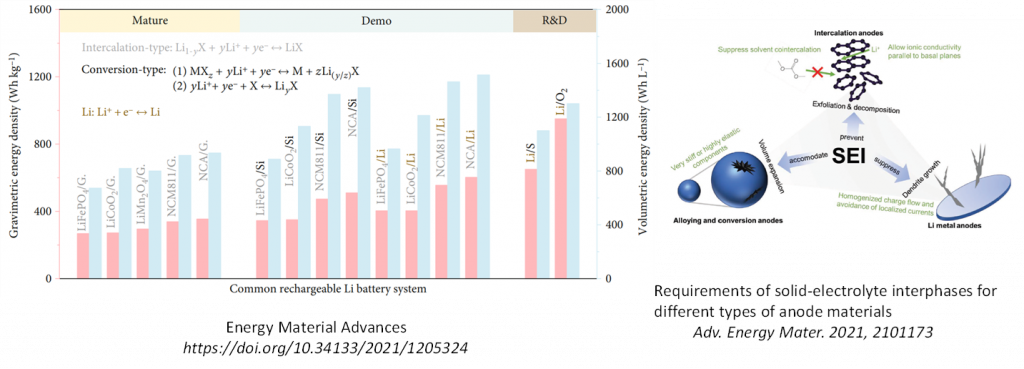Electrochemical and mechanical properties of lithium-ion battery materials are heavily dependent on their 3D microstructure characteristics. A quantitative understanding of the role played by various microstructures is critical for the prediction of material properties and for guiding synthesis processes. Furthermore, tailoring microstructure morphology is also a viable way of achieving optimal electrochemical and mechanical performances of lithium-ion cells.
Alongside, an intrinsic challenge of Li-ion batteries is the instability of electrolytes against anode materials. For anodes with a favourably low operating potential, a solid-electrolyte interphase (SEI) formed during initial cycles provides stability, traded off for capacity consumption. The SEI is mainly determined by the anode material, electrolyte composition, and formation conditions.
At RISE, we will focus on designing unique materials for catering to high energy, high power and stable performance keeping into consideration several factors like volume factors, facile diffusion, stress factors etc. Along with this, engineering and manipulating the SEI and CEI layer will also the one of the major focuses of RISE.
